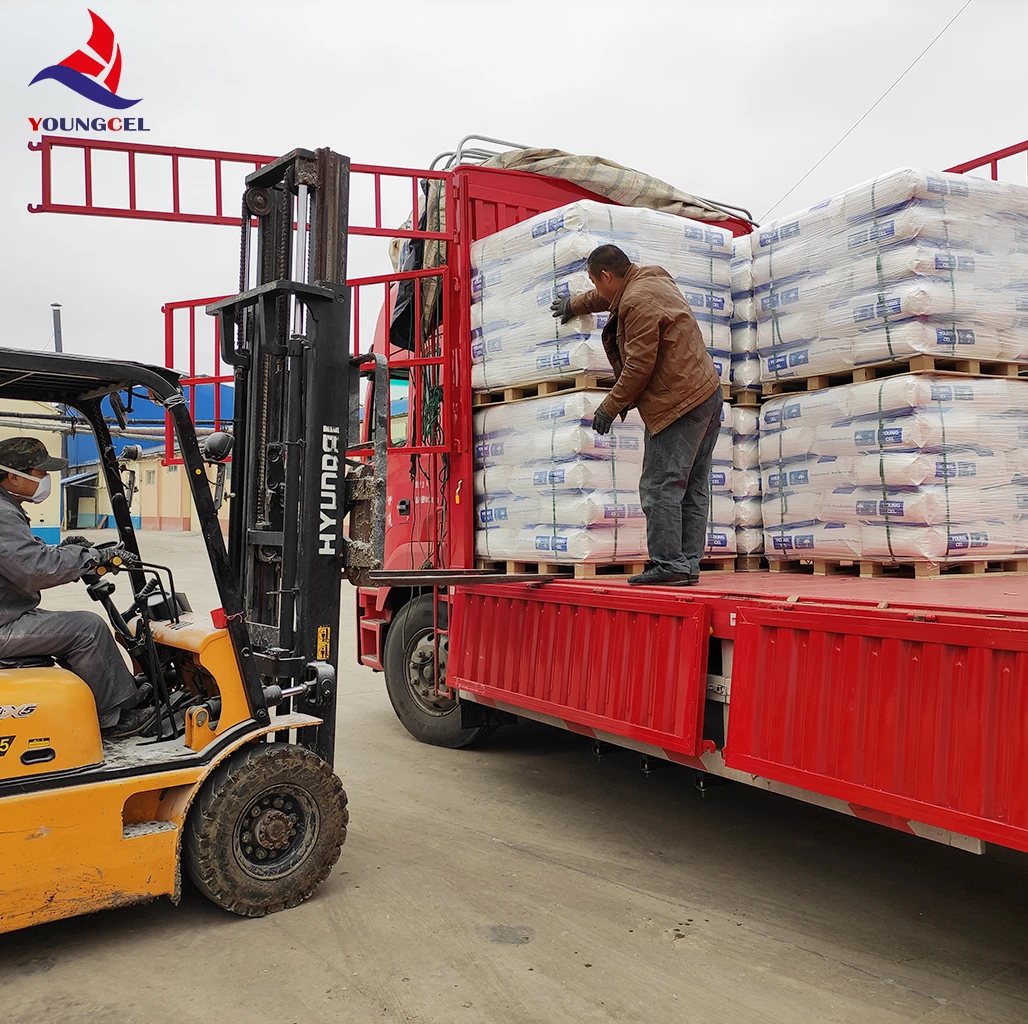Constructing HPMC A Comprehensive Overview
Hydroxypropyl methylcellulose (HPMC) is a versatile cellulose ether widely used in various industries, including pharmaceuticals, food, cosmetics, and construction. Its unique properties make it an essential ingredient in many formulations, facilitating a broad range of applications. This article explores the construction and characteristics of HPMC, emphasizing its significance and utility.
What is HPMC?
HPMC is derived from natural cellulose through a chemical modification process. It is produced by treating cellulose with propylene oxide and methyl chloride, leading to the creation of hydroxypropyl and methyl groups on the cellulose backbone. This modification enhances the solubility and functionality of cellulose, allowing HPMC to dissolve in both hot and cold water.
Physical and Chemical Properties
One of the most significant features of HPMC is its ability to form viscous solutions and gels. Its viscosity is influenced by the degree of substitution, the molecular weight of the cellulose, and the concentration of HPMC in the solution. HPMC exhibits excellent film-forming capabilities, making it an ideal candidate for coatings and binders in various applications.
Moreover, HPMC is non-toxic, biodegradable, and has excellent thermal stability, which adds to its appeal in the formulation of food products and pharmaceuticals. It is also resistant to acid and alkali, which enhances its stability in diverse environments, making it a suitable ingredient for products that require prolonged shelf life.
construct hpmc

Applications of HPMC
In the pharmaceutical industry, HPMC serves multiple roles. It is commonly used as a binding agent in tablet formulations, enhancing the mechanical strength of tablets and ensuring uniform distribution of active ingredients. Additionally, HPMC is utilized as a controlled-release agent, allowing for the gradual release of medication in the body, improving therapeutic outcomes.
In the food sector, HPMC acts as a thickening and stabilizing agent, enhancing the texture and consistency of various products, such as sauces, dressings, and dairy items. Its ability to retain moisture makes it valuable in baked goods, contributing to improved freshness and shelf life.
The cosmetic industry also leverages the properties of HPMC as an emulsifier and thickener in lotions, creams, and gels. Its compatibility with a wide range of ingredients allows formulators to create stable and aesthetically pleasing products.
In the construction industry, HPMC is utilized as a crucial additive in cement and mortar formulations. It enhances workability, improves adhesion, and prolongs the open time of the materials, facilitating better application and finishing.
Conclusion
The construction of HPMC represents a remarkable synthesis of natural and synthetic elements, culminating in a product that offers exceptional value across various industries. As we continue to explore innovative applications and improve its formulations, HPMC will undoubtedly remain a vital component in the advancement of contemporary products. Its unique properties not only enhance the performance of formulations but also contribute to sustainability, making HPMC a quintessential ingredient in our everyday lives.
-
The Application and Significance of Construction RdpNewsMay.19,2025
-
Industrial Grade HpmcNewsMay.19,2025
-
Building Coating Adhesive Building Coating Adhesive HpmcNewsMay.19,2025
-
Application Of Hpmc For Detergent For Detergent In DetergentsNewsMay.19,2025
-
Application Of Hpmc Cellulose In Cement-Based MaterialsNewsMay.19,2025
-
Application Of High Quality Hpmc For Construction In The Field Of ConstructionNewsMay.19,2025




